Yookamurra Sanctuary – Old Growth Mallee & Marsupials Large and Small
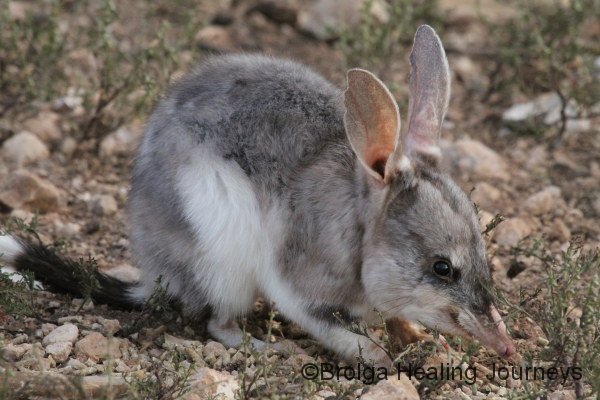
We recently completed four months caretaking at Yookamurra Sanctuary, another of the Australian Wildlife Conservancy’s (AWC’s) sanctuaries. It was a wonderful experience for us.
Although Yookamurra is one of the AWC’s smaller properties, it serves an important role as education centre for many visiting school groups and protects valuable habitat for Southern Hairy-Nosed Wombats.
The sanctuary sits within the mallee/Murraylands district of South Australia. The area was once covered in mallee, a semi-arid stunted growth form of many species of the eucalypt family, but after extensive land clearing there is now little old growth mallee left. In fact, nationwide there is now less than 1 per cent of the old growth mallee that once covered large areas of inland Australia, a rather sobering statistic.
The region was also once home to Numbats, Greater Bilbies and the Burrowing and Brush-Tailed Bettongs, the last two better-known respectively by their Aboriginal names as Boodies and Woylies. Unfortunately, following widespread habitat destruction through land clearing, hunting by settlers, and predation by feral cats and foxes, all those species are now extinct in the wild in South Australia.
There is good news however. The AWC, as it has done in a number of other areas, has successfully re-introduced these marsupials at Yookamurra, where they now live safely within an 1100 hectare area enclosed by a feral proof fence. As we have seen before, once you give them half a chance, these native animals become re-established and prosper. Outside the enclosed area, Yookamurra also is home to a large population of Southern Hairy-Nosed Wombats, and has at least one active Mallee-Fowl mound.
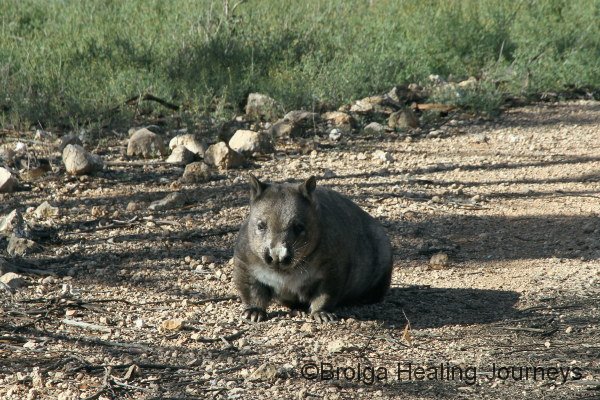
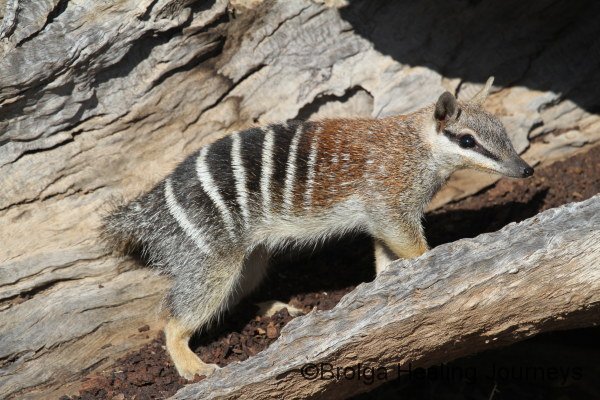

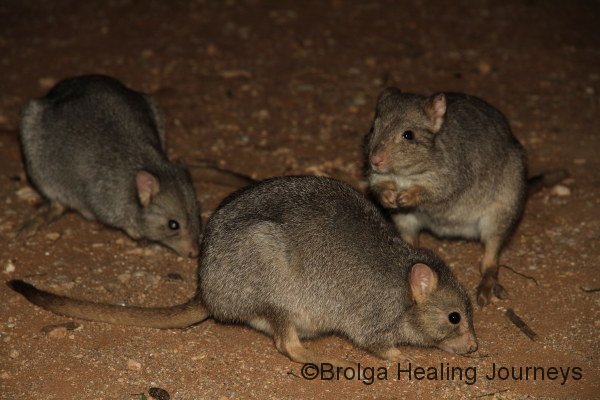
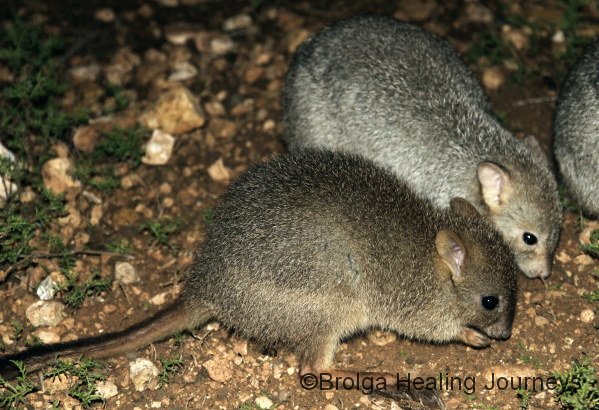

We had many interesting activities at Yookamurra, ranging from animal surveys (mammal trapping and spot-light surveying), to general maintenance, weed control and fence checking. We also hosted a number of camps for secondary schools, running programs teaching the visiting students about mallee ecosystems and the animals within them. The students especially loved the nocturnal walks, seeing animals most had only read about, and some of which were entirely new to them. When you think about it, just how many Australians have heard of a Boodie or Woylie, let alone ever seen one? It was rewarding for us to know that the young students who visited Yookamurra not only enjoyed their stay, but also became far more aware of the plight of much of our wildlife and of some positive steps we can all make to protect it. And we lost count of how many times we heard someone say “they’re so cute” as they watched the antics of the Boodies during the nocturnal walk.
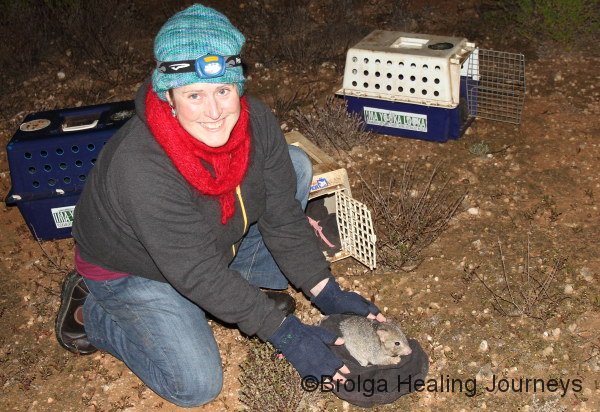
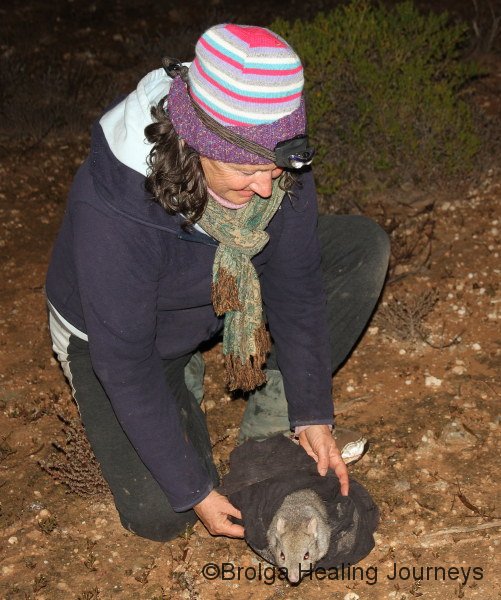
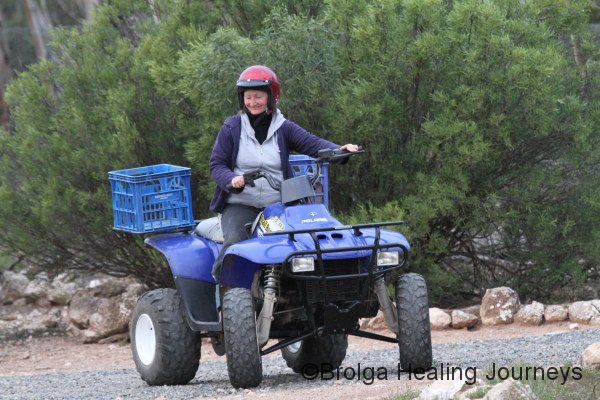
Many of the mallee trees on Yookamurra are estimated at over a thousand years old, testimony to their ability to survive within a tough environment. One mallee was particularly impressive; an ancient, gnarled old tree, it was responsible for putting an end to land clearing on the property in the late 1940s/early 1950s when it bogged two tractors dragging a huge chain between them to clear the land. The tractors and chain were unable to move this old giant, though it still has battle-scars left by the chain on its trunks. We gave thanks to this tree every time we passed by.
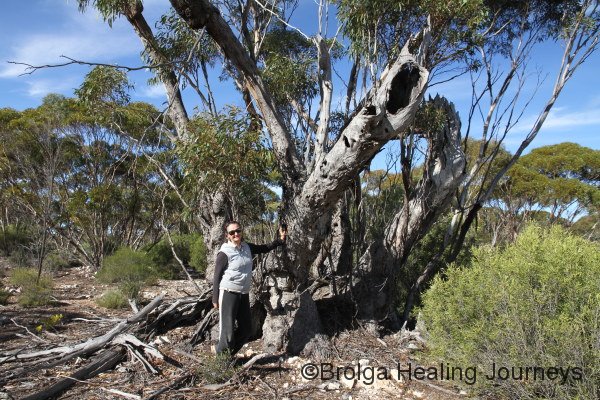
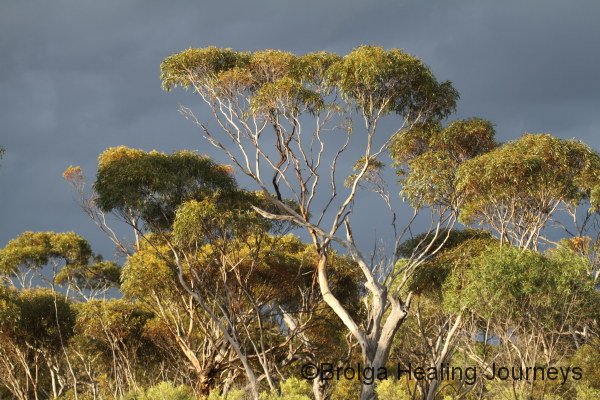
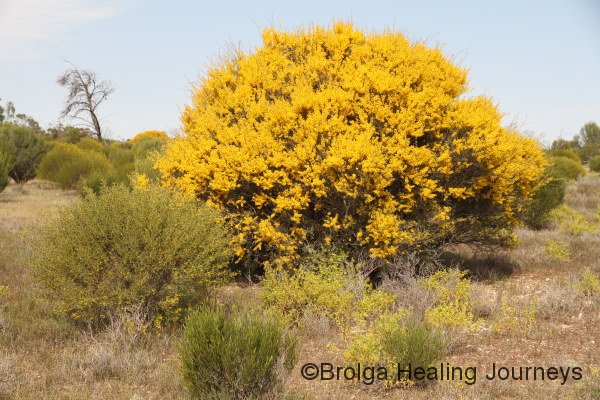
We were thrilled to receive a number of visits from family and friends while we were at Yookamurra, and loved the opportunity to show them the fascinating creatures on the sanctuary. No doubt the proximity of the sanctuary to the Barossa Valley also helped entice our visitors to the region!
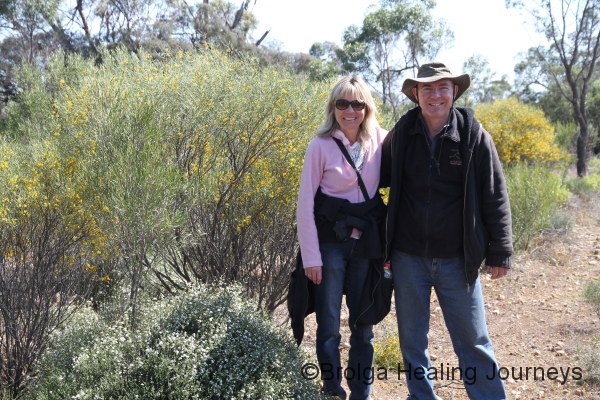
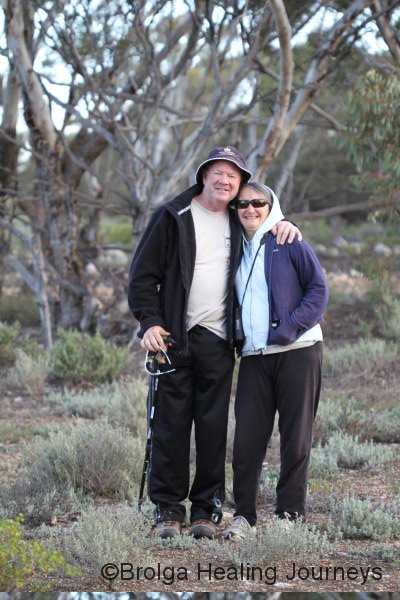
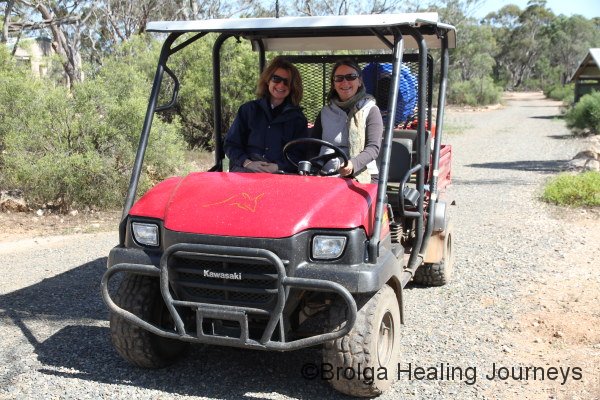
We recently departed Yookamurra, sad to leave so many gorgeous little marsupials and Josie, a 16 year-old hand-raised Western Grey Kangaroo. We had grown quite attached to the old girl, anticipating her daily visits, and greatly admired the patience she showed towards the visiting students, for whom she was very much a highlight of their stay.
As if to say farewell, as we drove up to the exit gate for the last time, a little Numbat crossed the track in front of us, providing a final glimpse of the creatures which make Yookamurra so special.
Yookamurra is a local Aboriginal word meaning ‘yesterday’, an entirely appropriate name for a sanctuary providing a glimpse of the trees and animals once widespread in the region but now, unfortunately, little more than a memory in most places. Let’s hope that the name of the sanctuary signifies ‘tomorrow’ every bit as much as it means yesterday.
We hope to return one day to Yookamurra to help out with future work and surveys. In the meantime, we are off to Scotia sanctuary to help out on the pitfall survey, where we look forward to seeing a whole different range of wildlife and to reuniting with our friends there.
Till next time.
Peter & Nirbeeja
November 2011
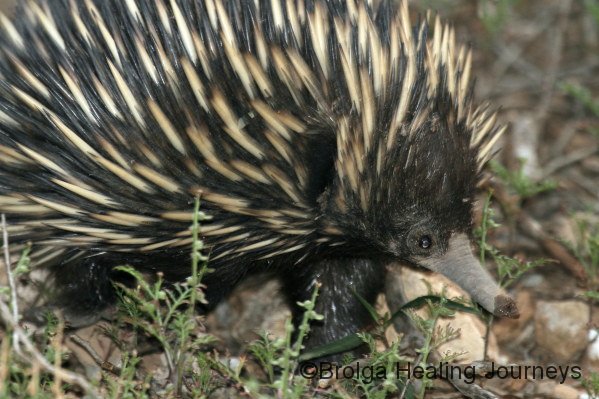

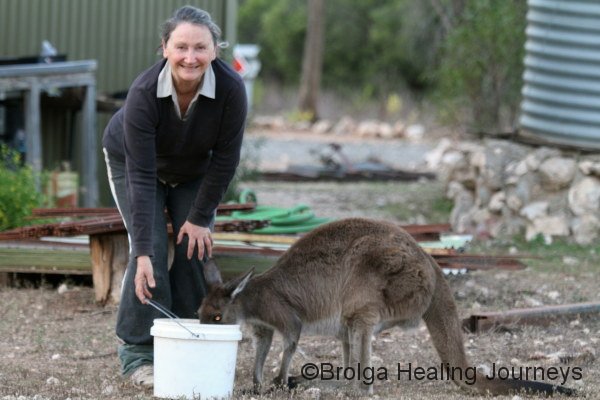


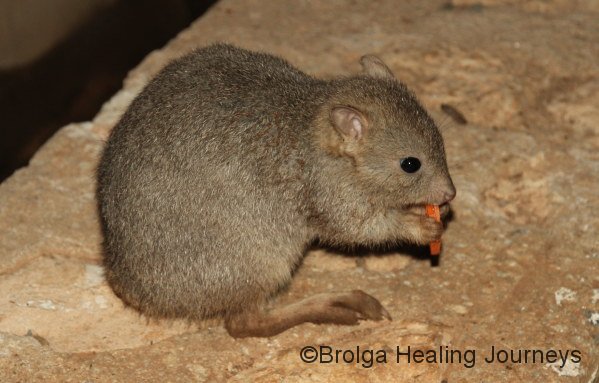
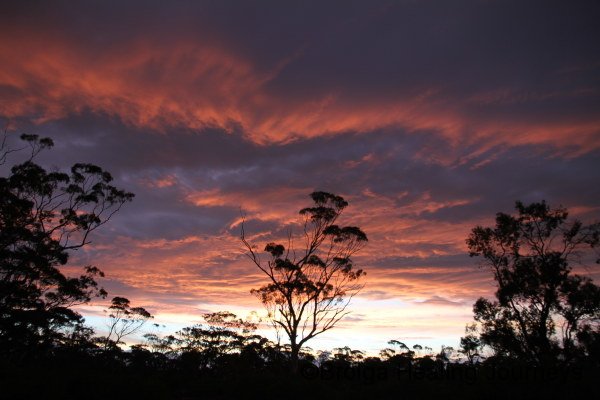















































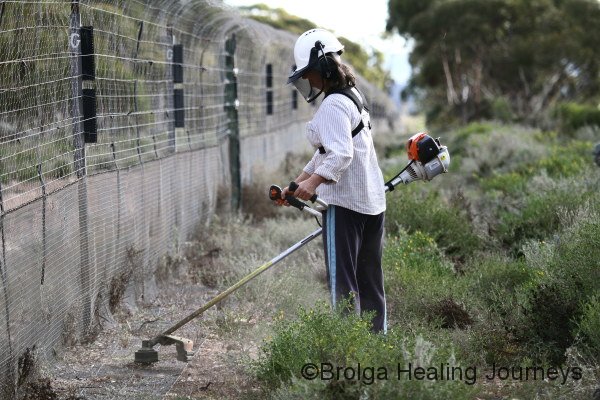




















































thank you both for sharing your amazing journey – so inspirational!
Rod and I were just watching galah babies being fed in our backyard eucy tree.
Thanks Shannon. Hope you and Rod are both well, along with the galah babies!